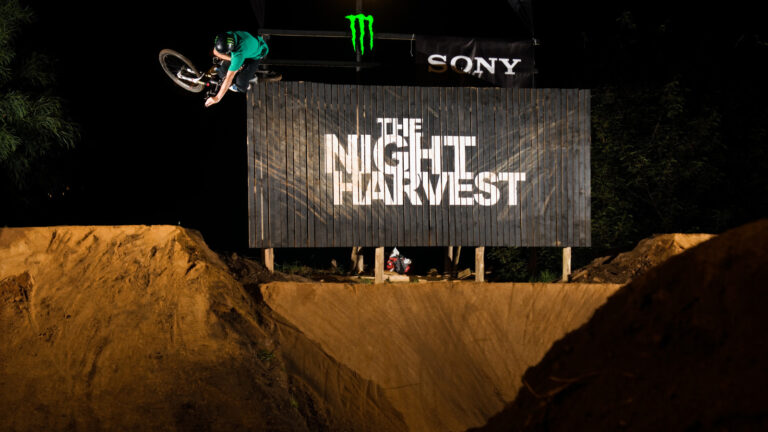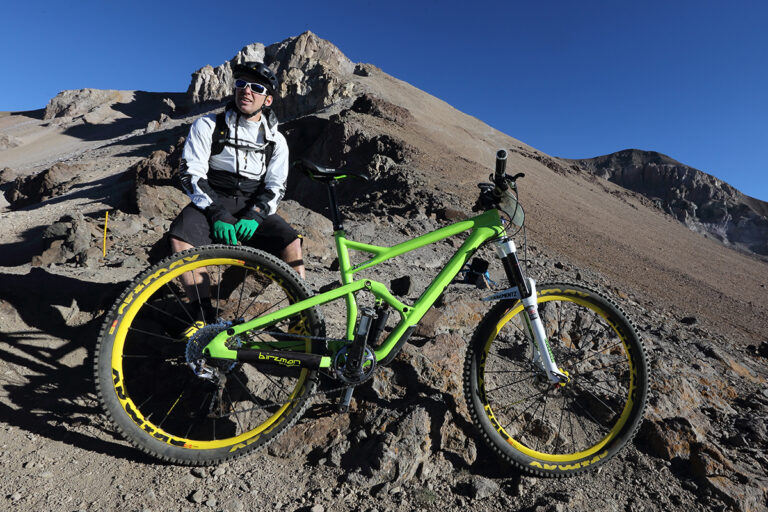 The line between rider and racer are blurry, 2006 in Willingen things were blurry for other reasons.
The line between rider and racer are blurry, 2006 in Willingen things were blurry for other reasons.
Aspiration and apathy can be the blight of mountainbiking. Riders ‘overbiked’ without any air pressure in their suspension. Often its down to identity. Influenced by characters, places, marketing and product, holding your line is a difficult business. Big blokes with skinny jeans, big girls with shallow skirts, and both with their bums out.
The distinction between racer and rider is becoming less defined. There is arguably less of a disconnect between downhill and cross-country than many believe. In the past many were racers (or followers) in either discipline – you could go one way or the other and both would royally mock one another.
Nowadays everyone wants a bit of both. Just look at the cross over of racers in enduro events. At first I contemplated that maybe a ‘racer’ required a different bike to a ‘rider.’ 160mm forks will always be faster than 140mm down a mountain. Bigger forks simply allow you to commit, it’s a fact. Yet many riders who want ‘a bit of both’ are increasingly opting for 160mm because they are now light, robust and allow day-long outings that include downhill ripping and for many riders it’s a practical solution. The mountainbiker is cultivating a new image, enduro is more a philosophy than a race category and riders are identifying with that. This is roots stuff and it’s no longer un-cool to pedal to the top.
Single track trail, technical trail, trail, all-mountain, enduro, these are just some of the activities we are forced to identify with when really there’s not a massive difference. And anyhow each is loaded with too much contradiction and perception.
A close weekly inspection of the uplift wagons reveals that anything goes. The “Alp Identity” still appears to be working its card too. Consider this, if you ride say eight hours each week of the year, then that single week in the Alps equates to about 5 percent of your annual riding time. The ‘practical solution’ of 160mm is still a lot of travel and probably too much bike for most of UK’s trail riding scene. But why buy a £4000 140mm bike at 32lb when you can get a 160mm at 29lb for the same money? Maybe the angles and wheels of a bike like the 140mm Trek Remedy 29 would give you a better range of use.
You really don’t need 160mm to do the majority of trail riding the UK has to offer but whichever way you let it hang, either side of that exposes your identity – or so we are led to believe. This is where bikes like the Intense Carbine (140/160) the BMC Trailfox (150/150) and the Scott Genius LT (170/170) are ahead of the curve – they offer options but don’t choke a rider of imagination. Given the opportunity for an ever-increasing range of riding, one tool will do the trick. We are made to think we need to identify when in fact we do not.







